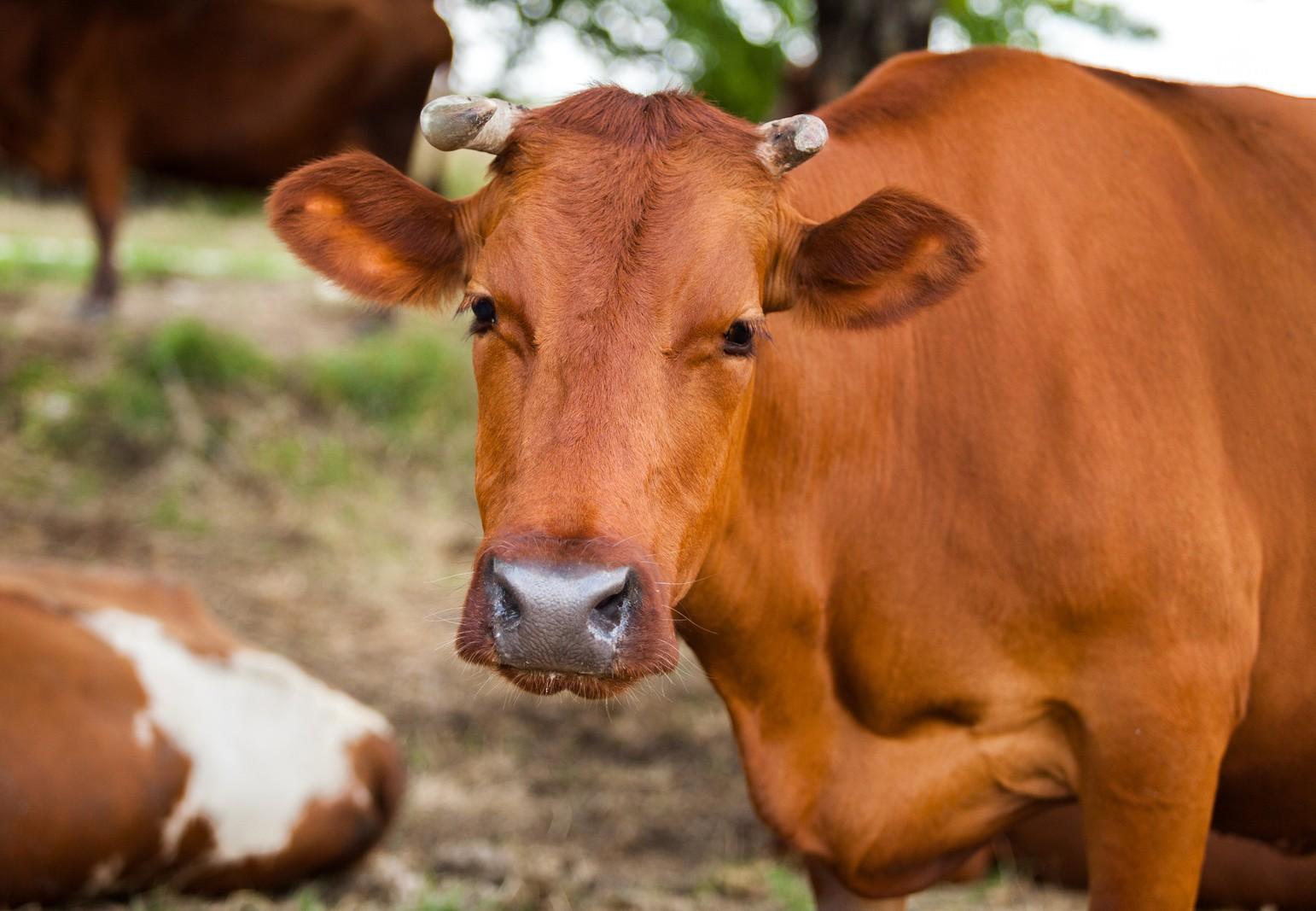
Leather
Brutal practices persist within the domestic and wild animal leather industries
Leather is used throughout the fashion industry. From budget retailers to high-end brands, it is almost everywhere. Most of the international supply is dependent on, and encourages, the farming of over one billion sheep, goats and cattle who are slaughtered every year. With the skin from baby sheep, goats, and cows popular in the fashion industry for the soft leather it produces, many lambs, kids and calves live their short lives in industrial and high-stress environments before being killed.
But it doesn’t end there. Millions of wild animals such as lizards, stingrays, kangaroos, ostriches, and crocodiles are also slaughtered for their skins. Find out more about exotic leather.
Tragically, these animals usually have little or no protection. Farming and slaughter often involve the violent and brutal treatment of animals, treatment that is not only legal but standard practice.
An almost complete lack of traceability in the leather industry makes it incredibly difficult for a buyer, or a fashion brand, to know the treatment of the animal that was killed to make it. Without this information, buyers are completely in the dark, unable to have any confidence in the ethics of the leather products they purchase.
Until the welfare of animals used in the leather industry can be assured, we say no to leather.
What are the environmental impacts of leather?
As a co-product of the meat industry, there are the same environmental concerns with leather production as are associated with raising animals for food. These concerns include deforestation, water pollution and creating ‘ocean dead zones’, and emitting harmful gases, which are contributing to climate change (you can read more about how animal agriculture is linked to climate change here).
An added impact on the environment caused by leather production is the tanning process, which preserves the skin of the animal to avoid rotting. This process uses such as ammonia; cyanide-based dyes, formaldehyde; and lead. Some of these products are carcinogenic, and all are environmental pollutants, which end up being released into the air, ground, and our water supply. The people who work in the leather industry or near the facilities also suffer due to exposure from such harmful chemicals.

Beef cattle indoors at a farm
What are we doing?
FOUR PAWS refuses to allow this suffering to remain hidden. We are exposing the truth behind fashion, we are working with industries while highlighting the cruelty and lack of transparency around this industry, and a growing number of people are standing with us.
Through our Wear it Kind programme, we are building a worldwide movement of people, designers, and brands who are demanding kindness to animals used in fashion. The tide is turning.
Today there are more alternatives to leather than ever before, and that number grows all the time. In fact, it’s never been easier to find fabulous, great quality fashion that is entirely free from any suffering.

Pinatex handbag by fashion company SVALA. Leather made from pineapple waste and other waste materials is becoming increasingly popular!
How can you help?
- To make kinder fashion choices, you can avoid leather and shop for synthetic alternatives. You could consider buying second-hand clothing from places such as charity shops, and if you are buying brand new, there are several sustainable alternatives you can choose when out shopping:
1) Piñatex - made from pineapple leaf waste from the Philippines. Widely available and the most affordable plant-based leather option.
2) Apple leather – more expensive than piñatex but growing in availability.
3) Recycled polyurethane leather (PU) – PU is the most available alternative to leather used by the fashion industry although it is not environmentally-friendly as it’s made from plastic - opt for recycled.
- Take the Wear it Kind pledge and, until the welfare of animals used in the leather industry can be assured, commit to purchasing leather alternatives.
- Use our Wear it Kind Shopping Guide to help you make great choices.
